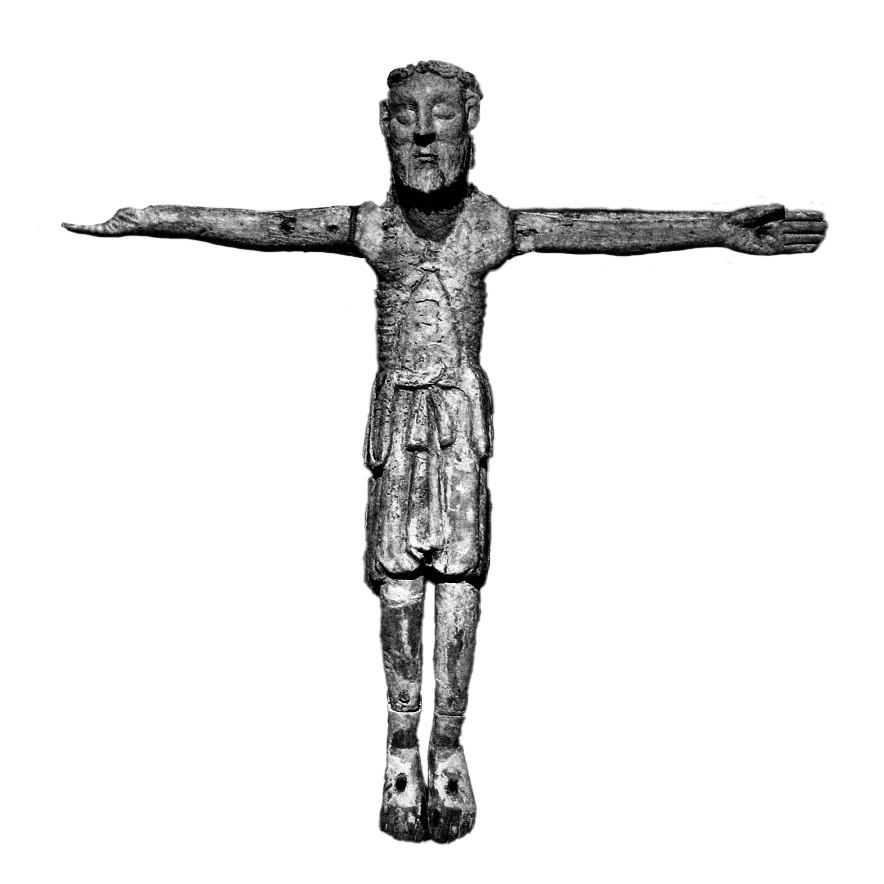In the wake of the brutal Russian invasion, a group of courageous women who fled Ukraine found solace and strength in music. Brought together in Roermond by Peter Driessen, these women formed the choir Ptaha, a name that symbolizes their journey and resilience. Ptaha, meaning "bird" in Ukrainian, aptly represents their spirit of freedom and the beauty of their homeland's culture.
Specializing in Ukrainian folk music, Ptaha brings to life the rich, melodic traditions of their country. Their performances are deeply evocative, often accompanied by the hauntingly beautiful sounds of the bandura, a traditional Ukrainian instrument. This combination of vocal and instrumental music not only preserves their cultural heritage but also creates a poignant reminder of the homeland they had to leave behind.
For the members of Ptaha, the choir is more than just a musical ensemble; it is a sanctuary. Amidst the chaos and trauma of displacement, singing together provides a crucial sense of community and emotional relief. The shared act of making music helps them maintain their mental well-being, offering moments of joy and connection during these incredibly challenging times.
Through their performances, Ptaha not only honors the traditions of Ukraine but also embodies the resilience and hope of its people. Their songs tell stories of love, loss, and the enduring spirit of a nation, resonating with audiences and providing a powerful testament to the strength and solidarity of the Ukrainian community.





















































